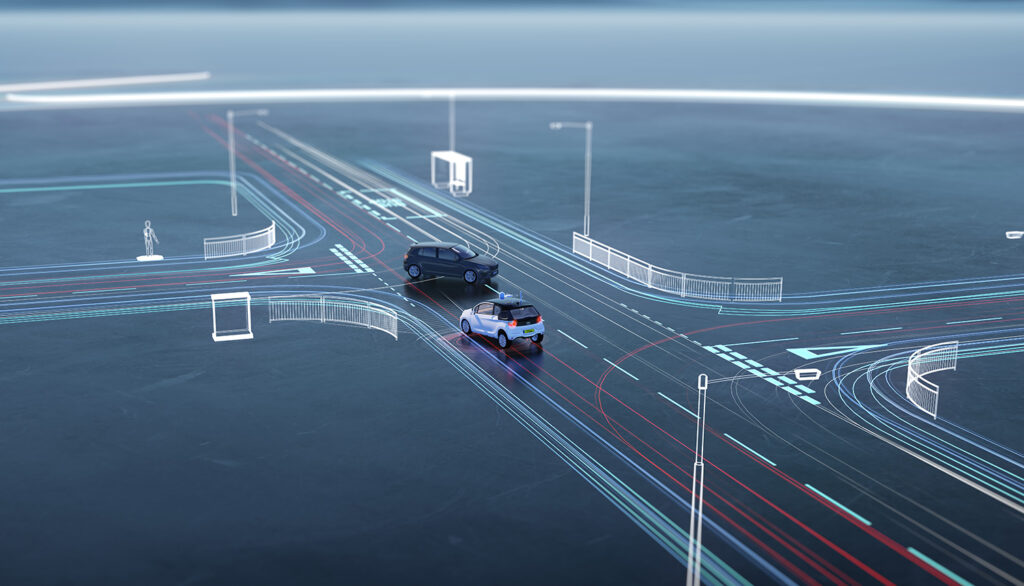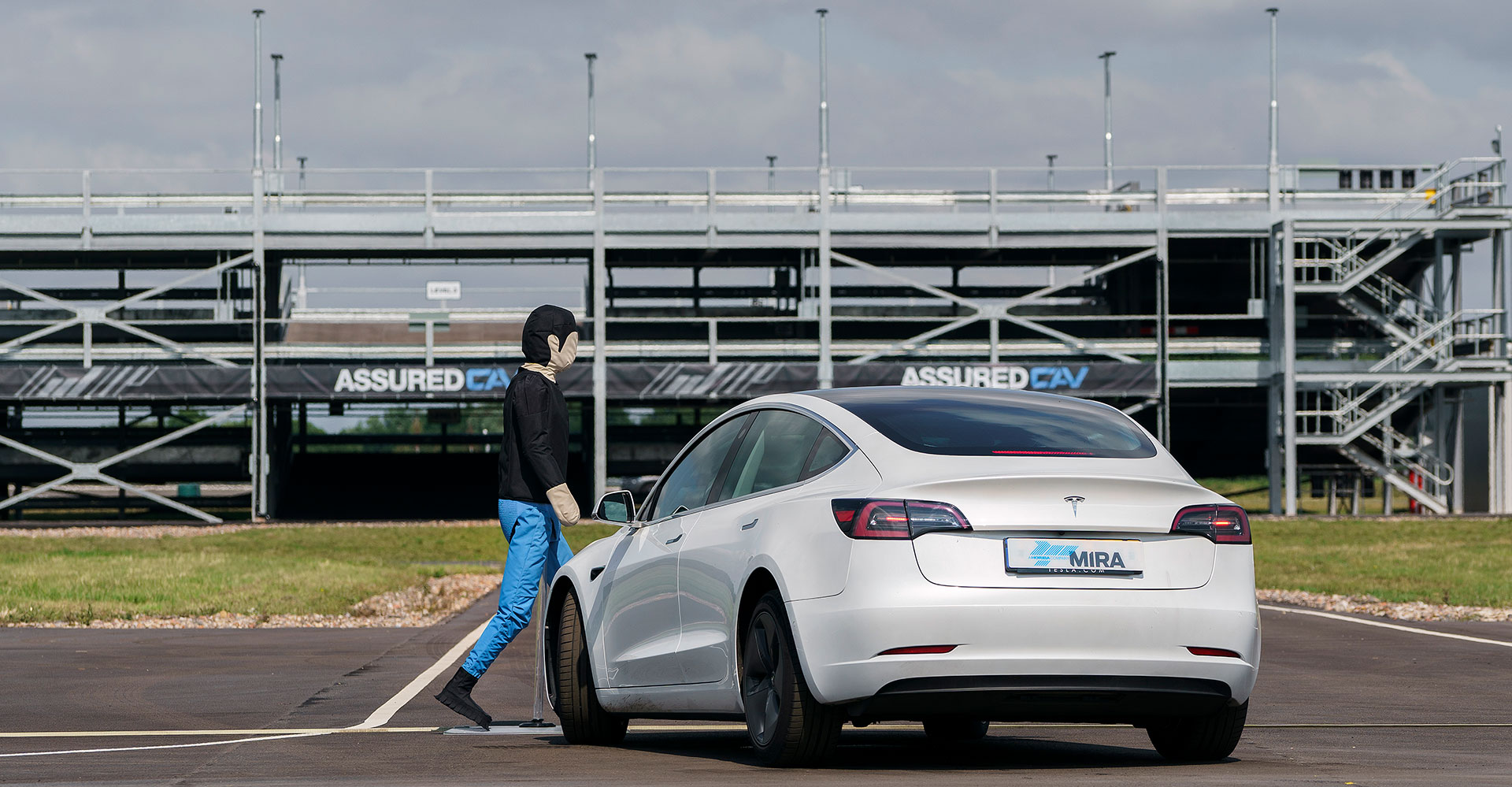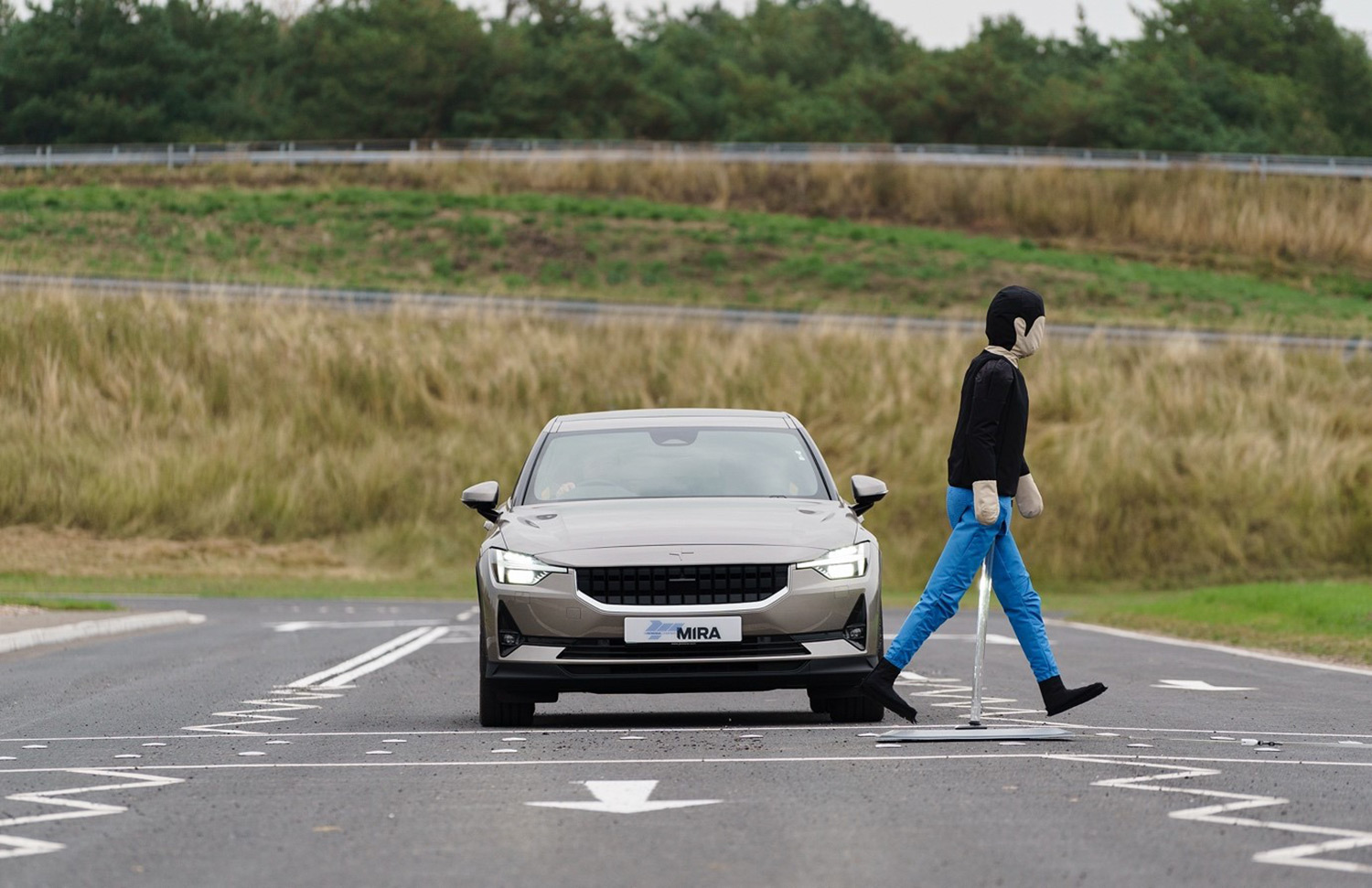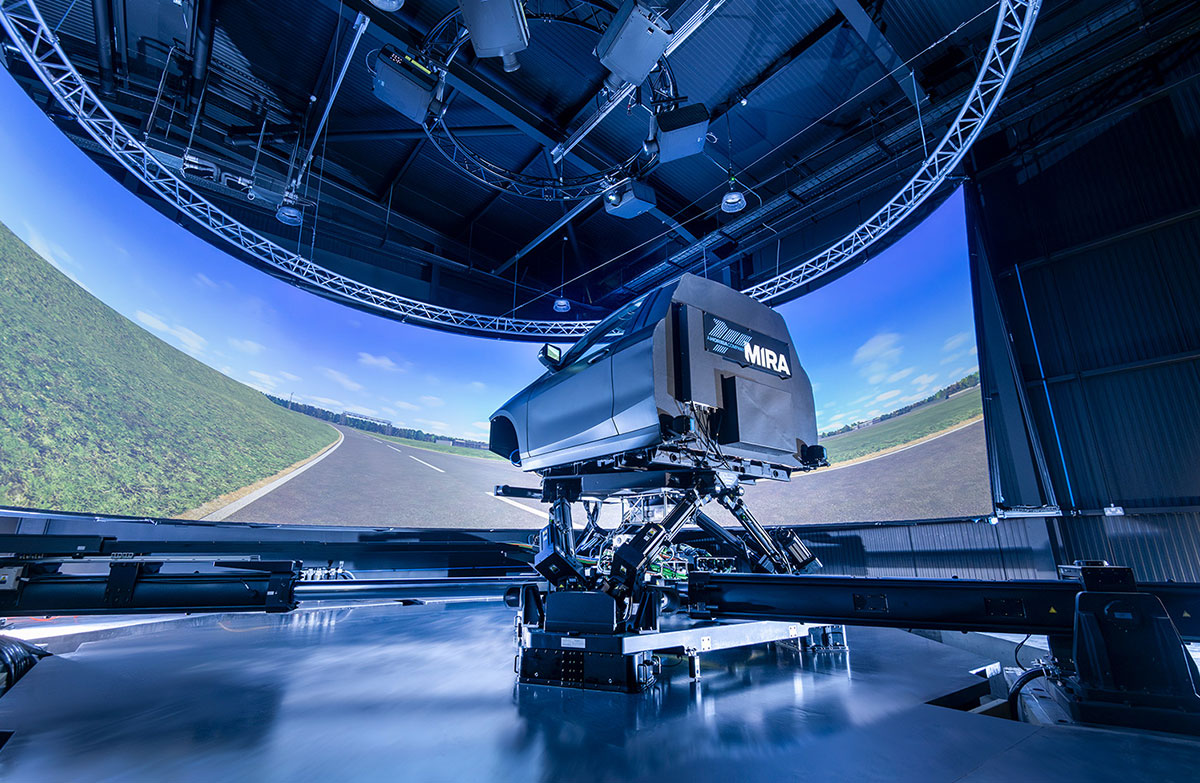
An embedded systems developer with experience of working on production and prototype development projects for safety-related systems, Tim heads up MIRA’s intelligent mobility activities.
Intelligent mobility refers to the optimised movement of people and goods but it is intentionally vague about what mode – or modes – of transport might actually be used to achieve that. One thing that should be made clear though, is that Intelligent Mobility should address complete end-to-end journeys. This distinction is important because despite years of evolution across the different transport sectors, and some amazing technological breakthroughs, there is still no “one size fits all” transport mechanism. We are all seeking to balance cost, comfort, speed, and convenience against our current need, and many us would like to think that environmental impact is also a significant factor in our choices.
You would be perfectly justified in wondering why the world needs more buzzwords to describe what we have all been trying to do for decades, if not centuries. The answer to that is twofold; firstly the demand for mobility is increasing at an unsustainable rate. Not only is the global population growing, but demographics are changing as more countries – such as Brazil and China – are developing strong economies and starting to demand the same freedoms as the more established markets. This, in turn, means more high-tech goods, more imports and more personal cars.
Secondly, the arrival of ‘always-on’ connectivity is rapidly opening up real opportunities to optimise the way we approach mobility. Smartphones, for example, can deliver real-time information services, and optimise booking processes. More importantly, transport networks can share data behind the scenes, dynamically adjusting around demand and even synchronising with other services.
The combination of a strong need and a powerful technical enabler means things are changing fast. Established businesses across all the transport sectors are rushing to try and adapt, whilst agile new start-ups are appearing with new and disruptive ideas. The unifying theme here is mobility as a service, and it has been particularly striking to hear major automotive manufacturers stand up recently and state that they are moving away from selling cars to selling mobility.
At the moment, whether your mobility service comes from a car company, a public transport operator, a start-up, or even as a replacement for your company car scheme, it largely means the same thing – you would get on-demand access to a range of different transport options as and when you choose. Some of the most comprehensive services are currently in the Netherlands where a single card (or smartphone app) can get you access to trains, buses, bikes and cars on demand. And of course there are alternative transport systems such as UK firm Ultra Global’s Personal Rapid Transit (PRT) system, which has operated fully automated vehicles at Heathrow’s Terminal 5 for more than two years.
Of course many people have a strong attachment to car ownership, one of the most important reasons for this is independence, that personal freedom to travel anywhere at any time. The problem is that many cities are now struggling with limited parking and congested roads, so alternative transport can be more convenient. For this reason many young people living in big cities choose not to own cars, even where mobility services aren’t yet fully integrated.
When you look away from the big cities the gaps in mobility services can be all too apparent. Public transport access may not be convenient, or the timings intermittent. Car sharing too is only really effective in areas with significant population density; elsewhere there may not be sufficient users to justify the service, or the fleet of cars could be become so dispersed that there is nothing near-by when its needed.
So then, there is still a lot of scope for further optimisation, to improve accessibility, push down cost, and crucially open up services to more people. I’d like to think the same principles can still be applied. Maybe it’s just a case that city commuters have public transport cards that also give access to car sharing schemes, and in rural areas it may be more appropriate to buy a car that can also link you in with public transport and car sharing schemes when you need to travel further? These are just my thoughts.
Eventually, however, mobility could look quite different. High profile projects have shown autonomous cars are technically viable, so it’s only a matter of time before they are on public roads, potentially reducing congestion and almost certainly synchronising around other traffic and public transport systems. If your car was autonomous would you still want to own it, or would it be better if it just came when you needed it? In my previous blog, ‘Driving with Robots’, I talk about the major benefits of using intelligent self-driving cars on our public roads, but also the challenges, which are not purely technical.
Another key future trend will be the move towards increased personalisation of services and also prediction ahead of time to deliver the best journeys.
Intelligent mobility is only a term, but once in a while it’s worth looking at what your transport needs and preferences really are, without worrying about the specifics of particular cars, trains or buses. In future you may find there’s a service out there that’s designed just for you.






